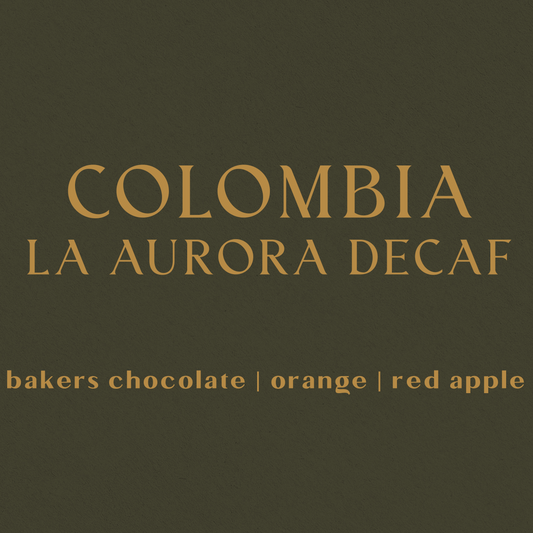
Colombia
Colombian Coffee Trade: Past and Present Overview
1. Historical Background
Coffee was introduced to Colombia in the late 1700s by Jesuit missionaries, with cultivation initially concentrated in the northeast. By the early 1800s, production had spread significantly. Colombia exported its first commercial shipment—2,500 pounds—to the U.S. in 1835.
Throughout the 19th century, coffee replaced other exports as Colombia’s economic cornerstone. Visionaries like Mariano Ospina Rodríguez promoted cultivation techniques that helped scale production, and by the early 1900s, the country was exporting over 600,000 bags annually.
To stabilize the sector, Colombia established the National Federation of Coffee Growers (Fedecafé) in 1927, institutionalized through law in 1928. Fedecafé consolidated the national coffee trade, managed the National Coffee Fund, and began aggressive branding and infrastructure development campaigns. The most notable of these was the “Juan Valdez” marketing campaign, launched in 1960 to distinguish 100% Colombian arabica coffee in global markets.
2. 20th Century Growth and Global Recognition
Fedecafé’s branding efforts paid off. Colombian coffee gained a premium reputation for quality, especially in North American and European markets. By 2004, consumer recognition of Juan Valdez exceeded 90% in key markets.
Production continued to increase steadily throughout the century, helping Colombia become the world’s third-largest coffee producer and largest producer of washed arabica beans. In 2011, UNESCO recognized Colombia’s Coffee Cultural Landscape as a World Heritage Site, validating its economic, cultural, and environmental significance.
3. Present-Day Production and Export Trends
Colombia typically produces 11–15 million 60-kg bags of coffee per year, with approximately 95% exported. The U.S. remains the largest market, accounting for around 40% of total exports, followed by the EU, Canada, and Japan.
As of the 2024–2025 marketing year, Colombia exported 12.3 million bags, reflecting a 2.5% increase over the previous year. However, a forecasted 5% decline is anticipated for 2025–2026, bringing estimated exports down to 11.8 million bags, largely due to reduced production from climate-related stress.
In February 2025 alone, Colombia produced 1.36 million bags—a 42% year-over-year increase. Total trailing 12-month production stood at 14.7 million bags, with 12.6 million exported in the same period.
4. Market Dynamics and Trade Challenges
Several external factors impact the Colombian coffee sector:
Climate volatility and disease outbreaks (e.g., coffee leaf rust)
Commodity price fluctuations
Trade policies and tariffs
In April 2025, the U.S. imposed a 10% tariff on Colombian coffee, part of broader Latin American trade adjustments. While the demand for Colombian arabica remains relatively inelastic, specialty roasters and importers are adjusting procurement strategies accordingly.
Additionally, Fedecafé has encouraged value-added exports (e.g., roasted and packaged coffee) to reduce dependency on raw green coffee margins.
In Q1 2025, Colombia’s non-mining exports, including coffee, saw a 131% year-over-year increase. Coffee alone generated $311 million in export revenue during this period.
5. Outlook
Colombia’s coffee industry continues to evolve from a bulk commodity exporter to a premium specialty and value-added producer. The sector is resilient—supported by a strong institutional framework, a global brand presence, and a growing domestic roasting movement. Future competitiveness will hinge on climate adaptation, trade negotiations, and continued investment in quality and differentiation.
Shop Coffees from Colombia
-
 Sold out
Sold outElías & Shady Bayter
Regular price From $21.00 USDRegular priceUnit price / per -
 Sold out
Sold outColombia Finca La Aurora Decaf
Regular price From $26.00 USDRegular priceUnit price / per -
Santiago Patiño
Regular price From $31.00 USDRegular priceUnit price / per



